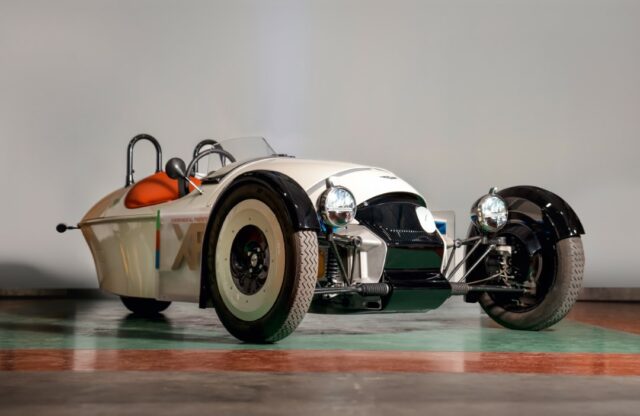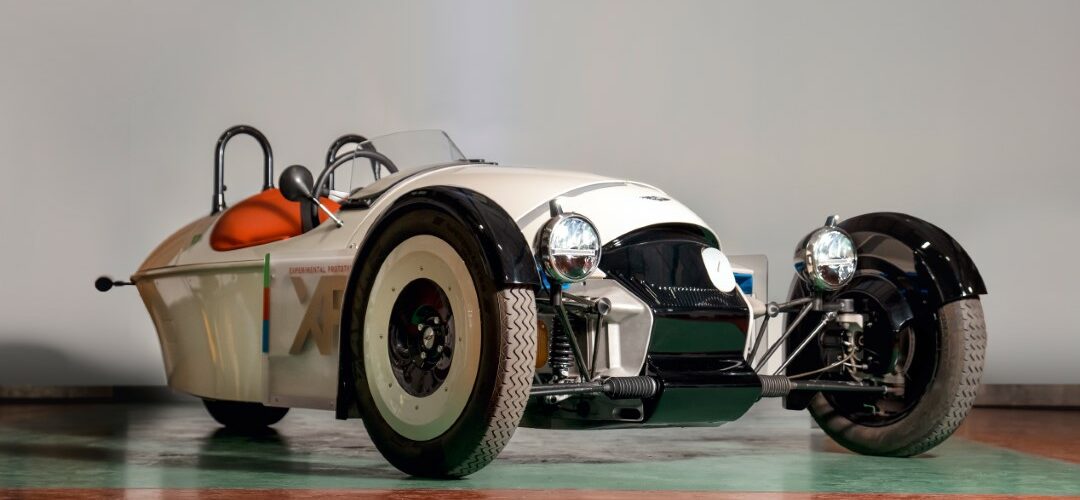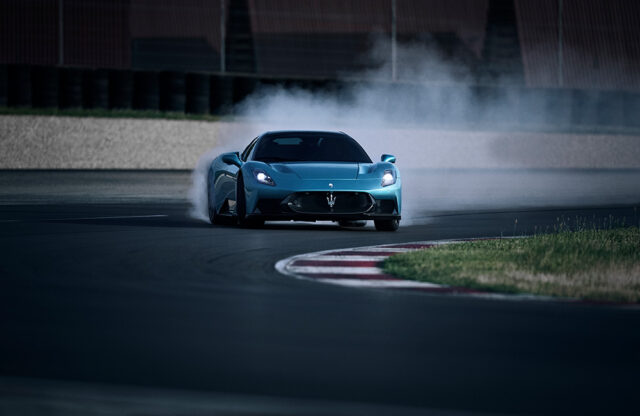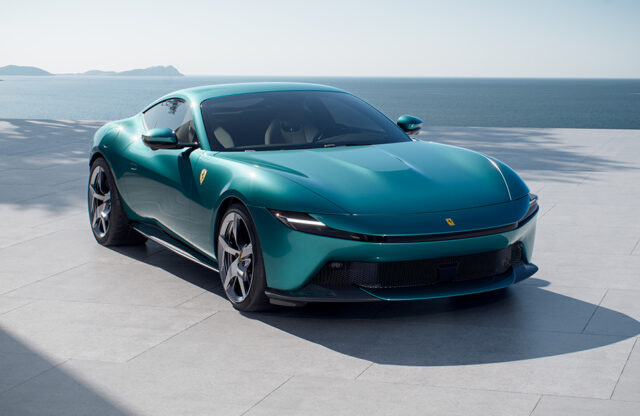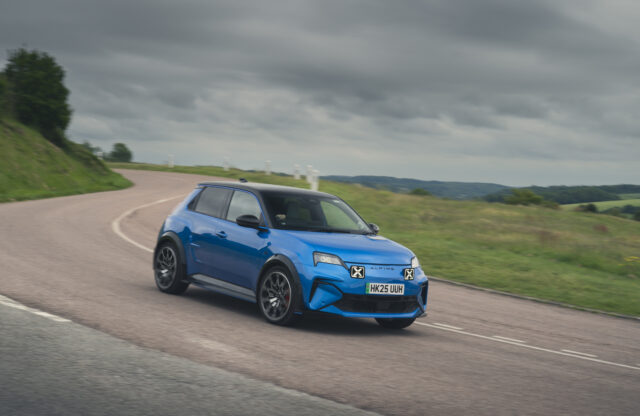WORDS: ALEX GOY | PHOTOS: MORGAN
Morgan’s new development car, XP-1, may look like a Super 3, but it doesn’t go like one… because it’s packing an electric motor. One of the last brands you’d expect to announce it was working on an electrification strategy, Morgan’s new toy is a statement of intent from Malvern. The company is going electric… one day.
The reason for the ‘one day’, explains chief technical officer Matt Hole, is pretty simple: Morgan doesn’t want to raise hopes and then dash them. Those of a Morgan persuasion will remember, perhaps bitterly, the EV3. An electric version of the 3 Wheeler, it promised the same fun as its petrol-powered sibling and a decent range, but despite huge interest the project didn’t make it to production – to the disappointment of many. You can’t, no matter how much you stomp your feet and throw money in Malvern’s general direction, buy an XP-1. Sorry.
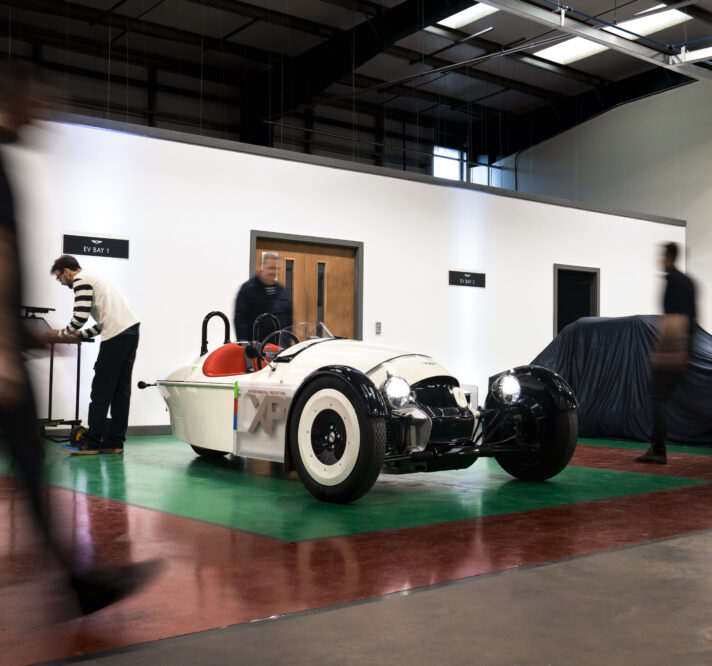
It’s powerful, has a decent range and doesn’t seem to be covered in compromises
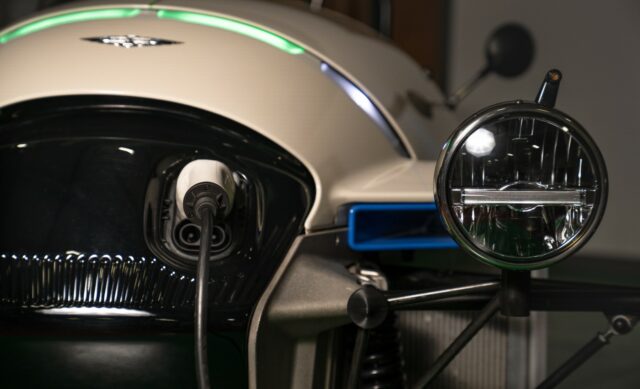

How does XP-1 work then? Where you’d usually expect a three-cylinder Ford engine is a 33kWh battery pack, and in the Super 3’s transmission tunnel is a 100kW (136bhp) 251lb ft electric motor. That motor’s linked to the rear wheel via a bevel box and chain drive, much like the ICE Super 3. The result is, says Hole, about 60kg heavier than the petrol car, and keeps the handling characteristics of the dinosaur burner, too. Hole’s team says XP-1 gets roughly four miles per kilowatt hour, which pegs its range at just over 130 miles. Not huge, but thanks to on-board 50kW CCS fast charging you can ‘brim the tank’ in less than an hour.
It’s powerful, has a decent range and doesn’t seem to be covered in compromises. Time for Morgan to show its workings… It’s used MATLAB Simulink software to help make big decisions virtually before implementing anything in the real world. Hole comments: “It’s a really detailed tool; they can really envisage and thrash out different kinds of scenarios, different operating modes for the vehicle, and understand right at the granular level exactly how each element of the system basically responds.”
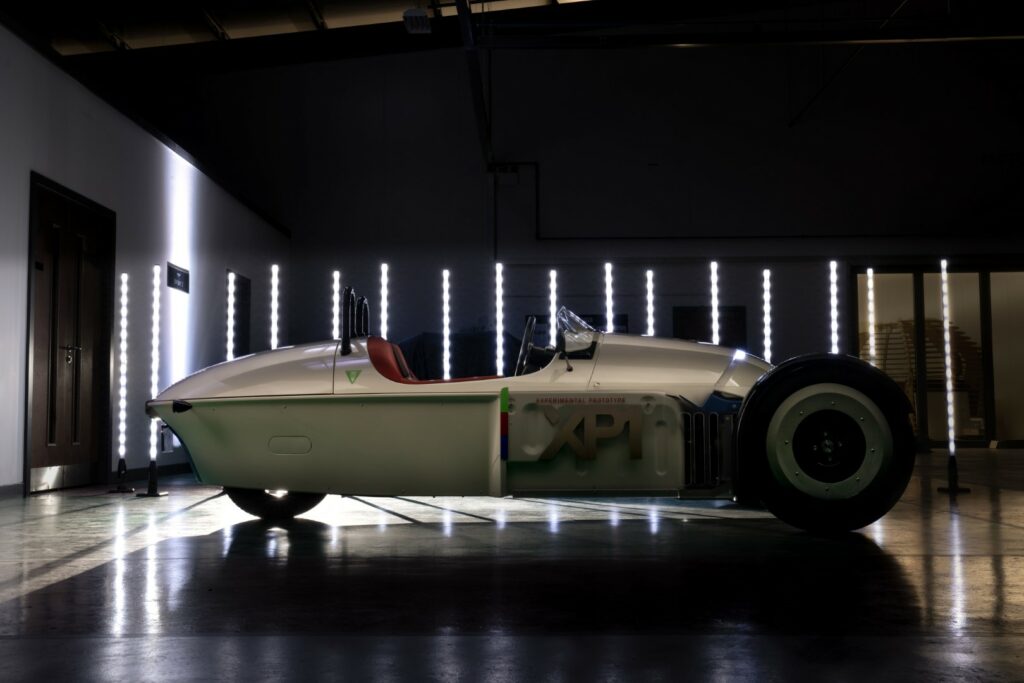
The idea of Morgan using software over spanners to get the early development done may seem odd, but it’s a more efficient way to make mistakes. The software tells engineers how big components need to be, what range can be extracted from its batteries and how far limits can be pushed before the team makes anything physical. When it comes to the real world, the team has very real constraints: it can’t build a new platform just to see what happens, so it’s had to work with current product – in this case its smallest car, the Super 3. There’s not much space to play with under the skin – or over it, for that matter. Having virtual space to play was invaluable.
The model was given a full aerodynamic reworking to ensure the best-possible range: the beady eyed will spot pressure-relieving vents in its (neatly transparent) side-blades, there’s a new front-end treatment, only one tiny windscreen, and plenty more.
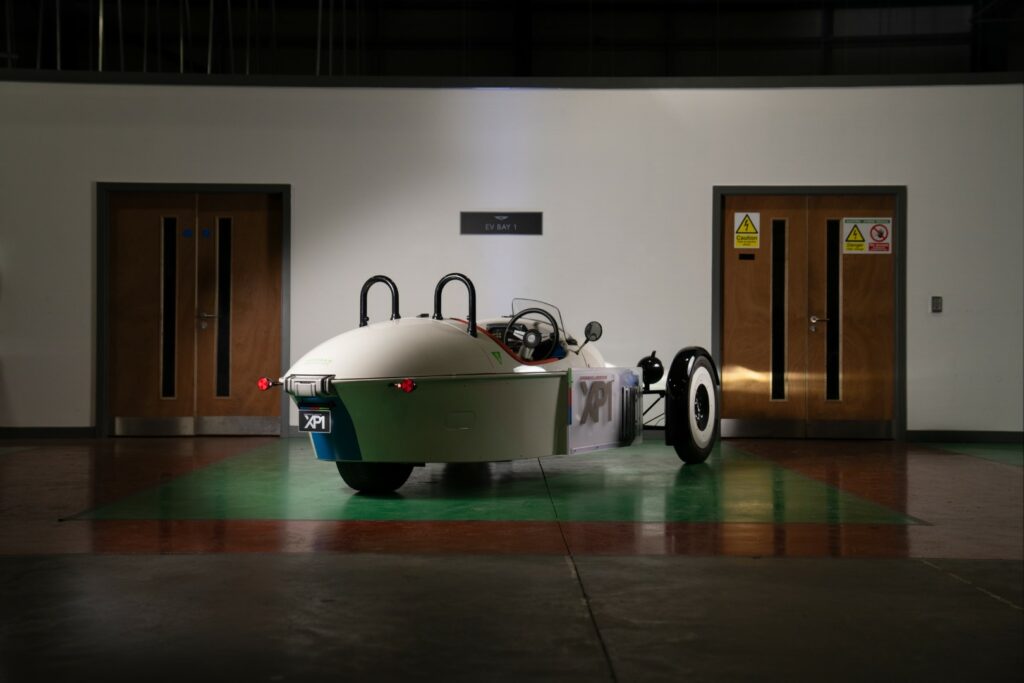
Inside, there’s no gearstick. In its place is a dial to switch engine maps – the team’s equated each to a number of chilis (up to four) that sit on its extra-wide instrument display. XP-1’s power delivery can be played with thanks to its ECU, so you can keep things sedate or let all of its torque loose for some fun. Thankfully there’s a traction-control system to keep you from pirouetting off the road, but not before it lets you get away with some tail-happy heroics.
Morgan isn’t interested in pumping out a fake noise to up engagement. Instead it relies on the sounds generated by its powertrain. An Abarth 500 this is not.
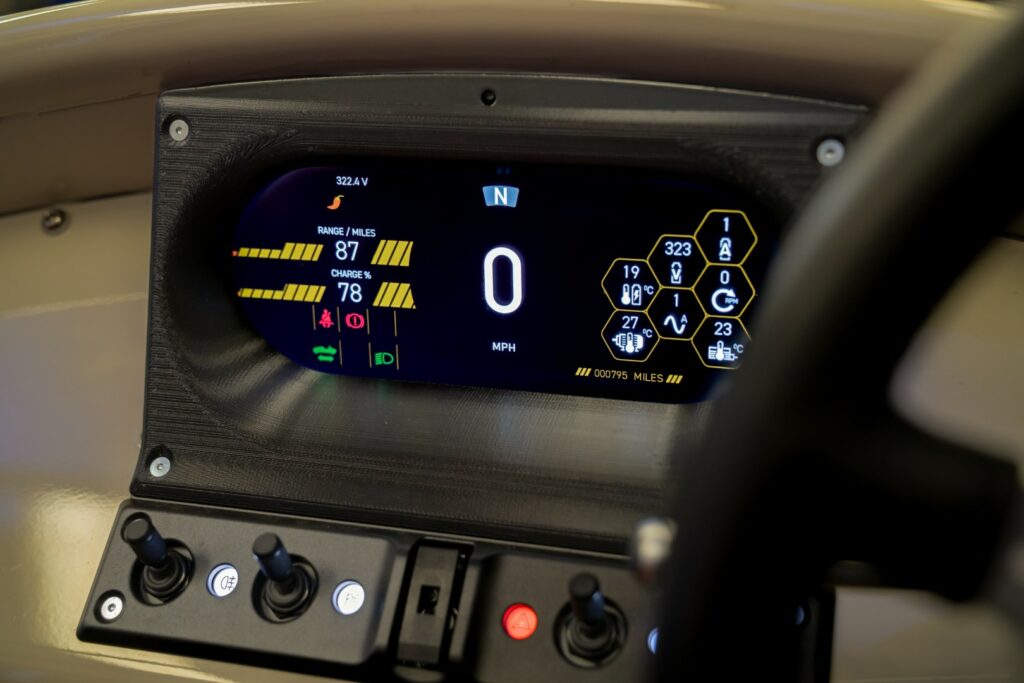
For now XP-1 is being used to see what’s possible, and it has a bright future ahead of it. Hole adds: “What I hope is, as we develop technology, and we have other prototypes, that we keep this as a platform and just use it as engineering fun. It’s basically the kind of vehicle that you can just throw things on, and try it and explore.”
XP-1 will no doubt excite plenty of people, but for now it’s a public admission that Morgan isn’t resting on its ICE laurels – legislation and engine supply will ensure that. Hole noted that while, yes, XP-1 is based on a Super 3, the lessons learned can be used on other Morgan vehicles. Specifically ones with four wheels. It’s a cool thing, sure, but not a frivolous one.
